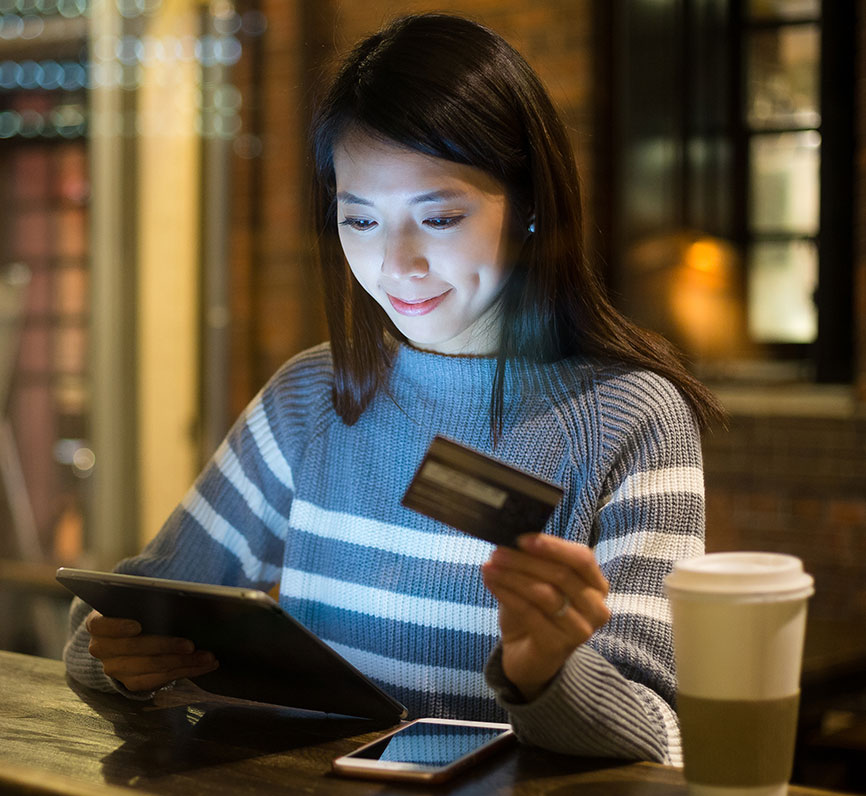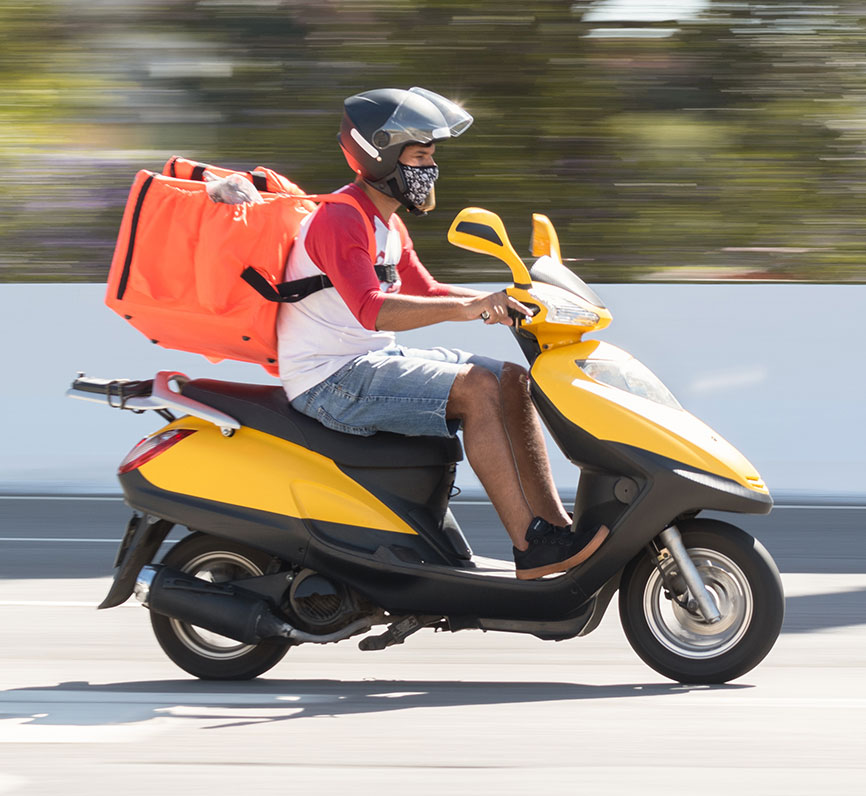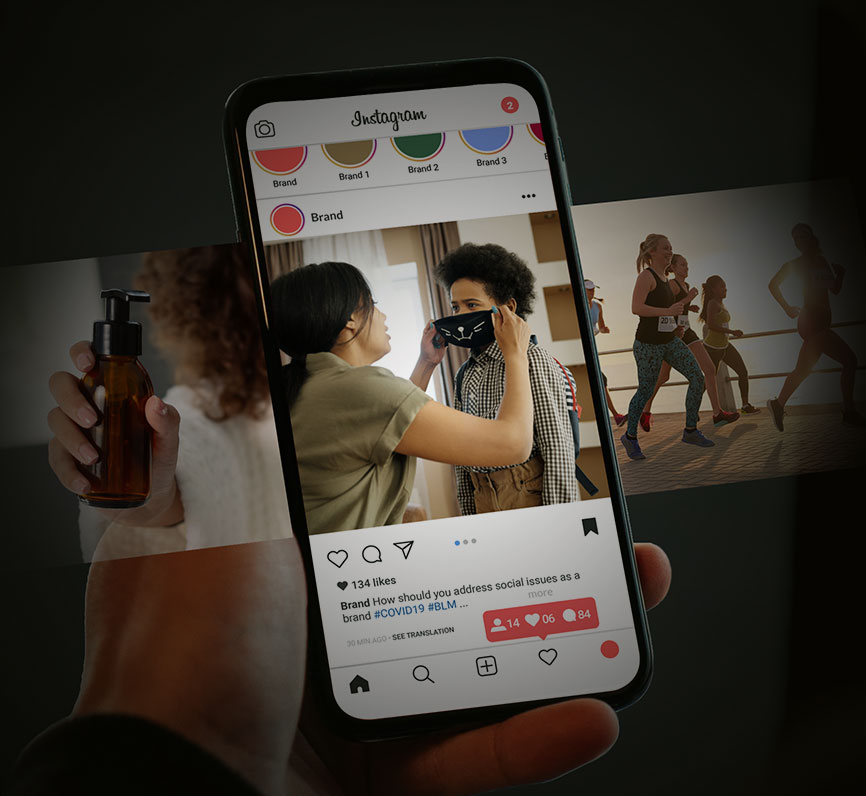https://embed-ssl.wistia.com/deliveries/8612cce50174a35c857c6b5bde523f23.mp4
We need to think about several phases of reaching the consumer: Start with awareness, evaluate, and move to bonding and advocacy. It depends on the level of development and your strategy for a specific country.
An e-commerce platform will give you an opportunity to focus on the evaluation and the buy. However, every single of these pillars is evolving, and their lines are getting blurred. For example, in China, there is no traditional ‘path’ – everything is faster, and the content needs to come to the consumer. We are moving from mass targeting to deep and sole targeting.
I think things will move most in terms of the experience. How can you give something intangible, such as the taste of the product, through a digital experience?
I think in the next couple of years, this is where we will provide something that is exciting. I don’t know which technologies would enable this, but I think it is something that has the potential to really influence the way consumers shop.




